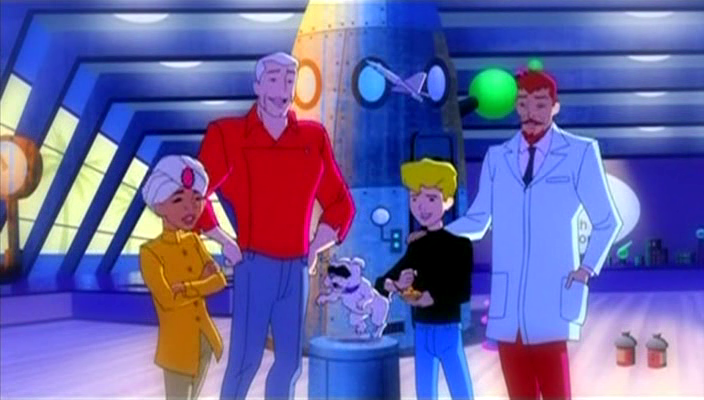That's rubbish. It varies hugely. During the golden age, they learnt almost everything we know about animation,but their production techniques - whilst space age at the time, with their enormous multiplane cameras and giant paintings of glass that they had to rub off to reuse - got in the way of the process hugely. They also used huge amounts of frame for frame rotoscoping. And they had no choice,because the films took 5 years each to make as it was. But grab a copy of the Tangled bluray and see of they have anything on there about Glen Keane's role on the production. He'd sit in the dailies and draw all over every frame of animation in the film until it was perfect, and any list of the worlds most adept animators has to have him near the top.
Obviously their Sunday morning cartoons don't get quite the same love, but the idea that its simply "shit in comparison" is way off base.
Took the words right off my mouth.
To add to that: Like everything that s made professionally, animation is a marriage of time, budget and manpower in a certain marketplace. Of yourse, if you have to churn out 20 x 25 minutes of tv animation within a year, your possibilities to explore the art and deliver highest quality in animation, design,, writing etc. are limited.
But look at the productions that have the opportunity to stress quality, and the level of craftmanship and ingenuity are not worse than in these Popeye examples.




